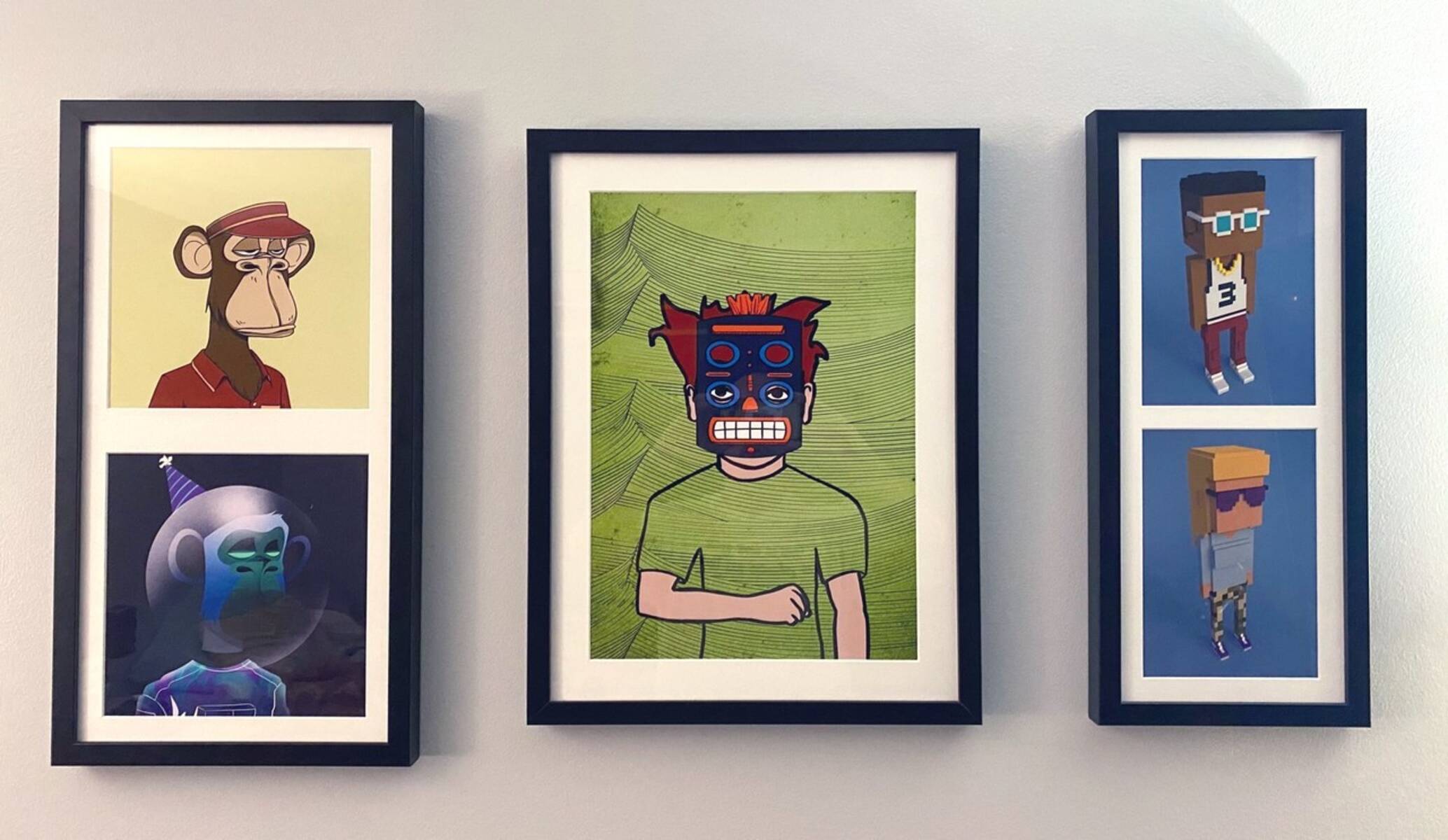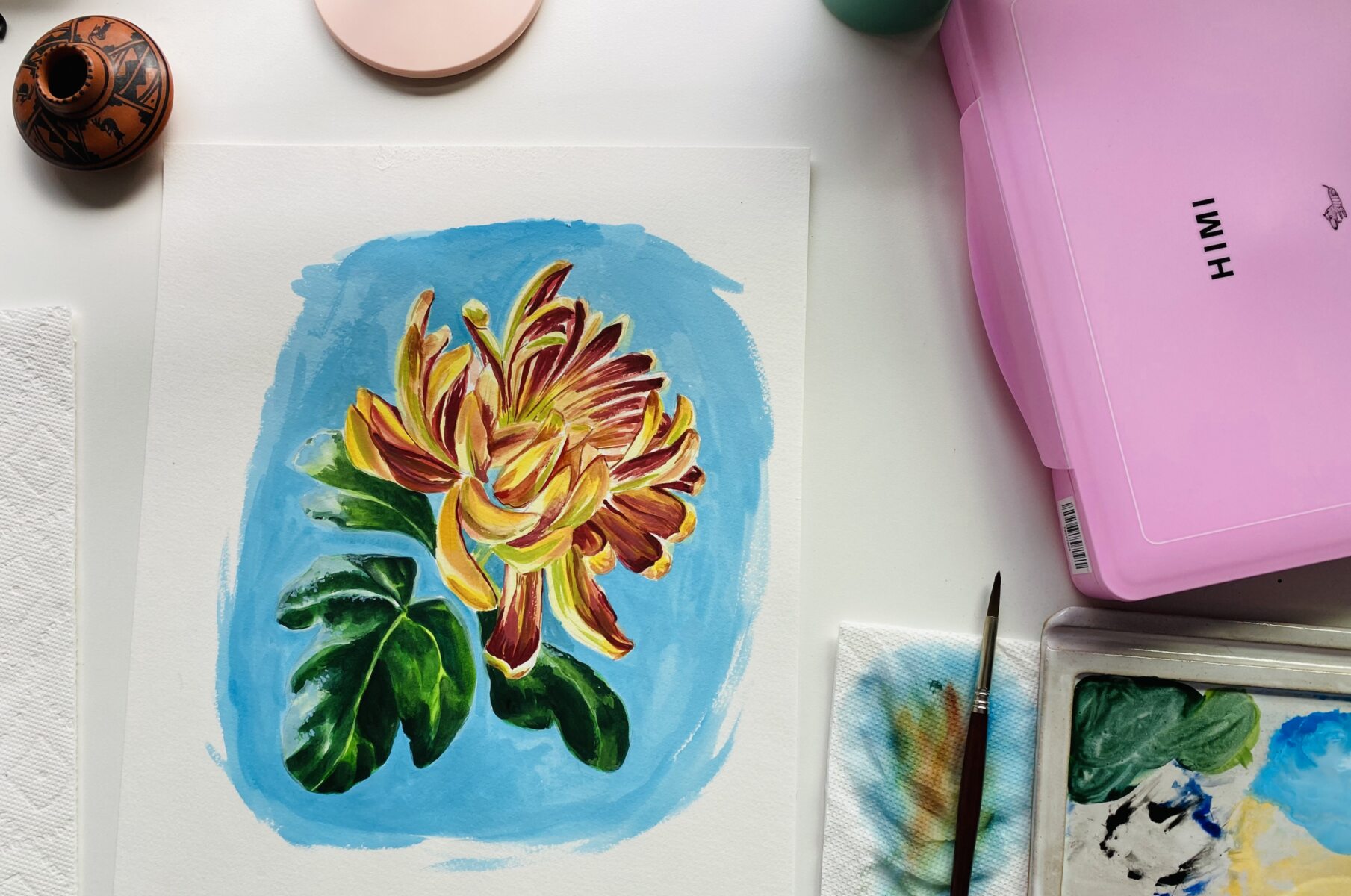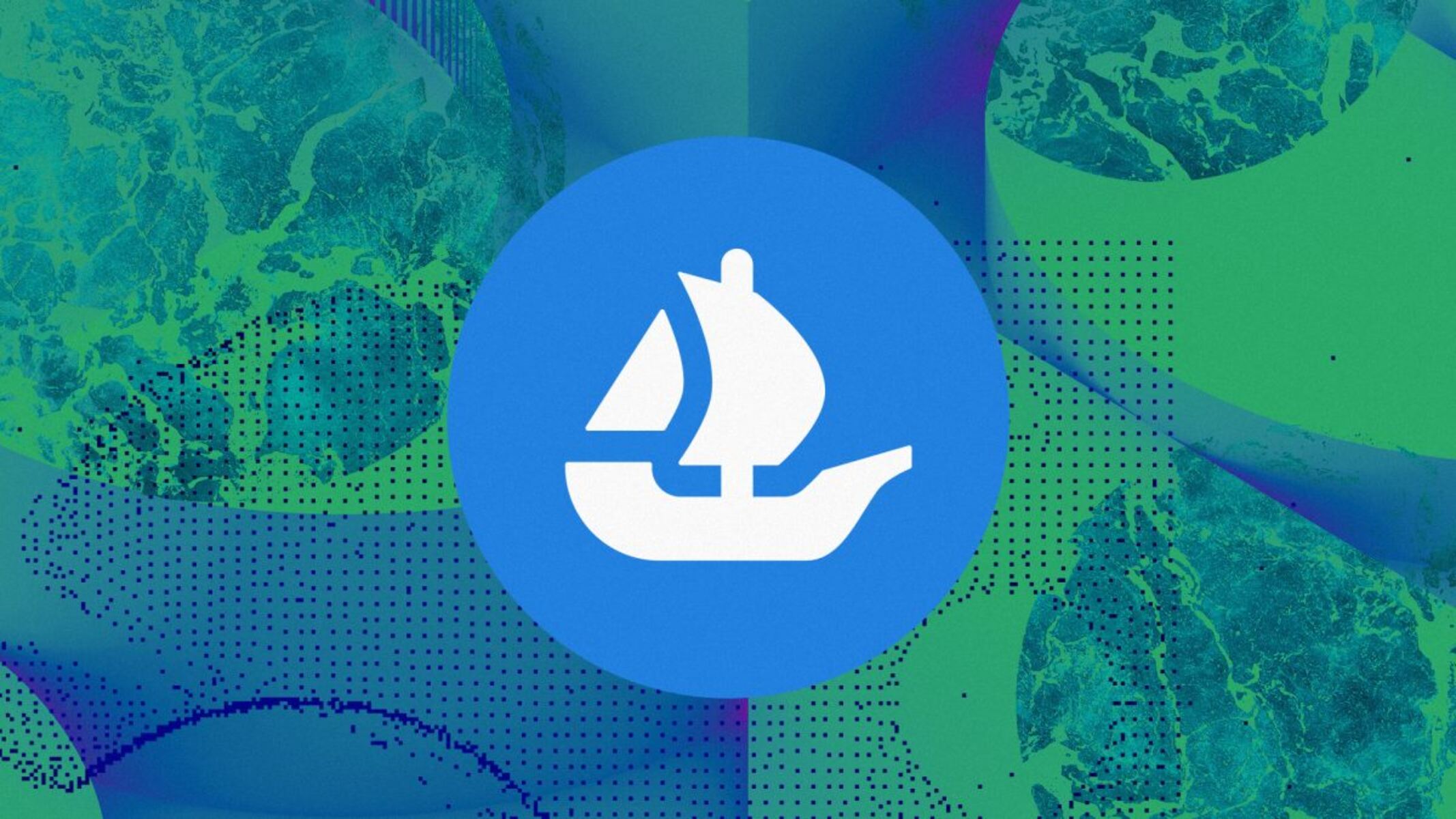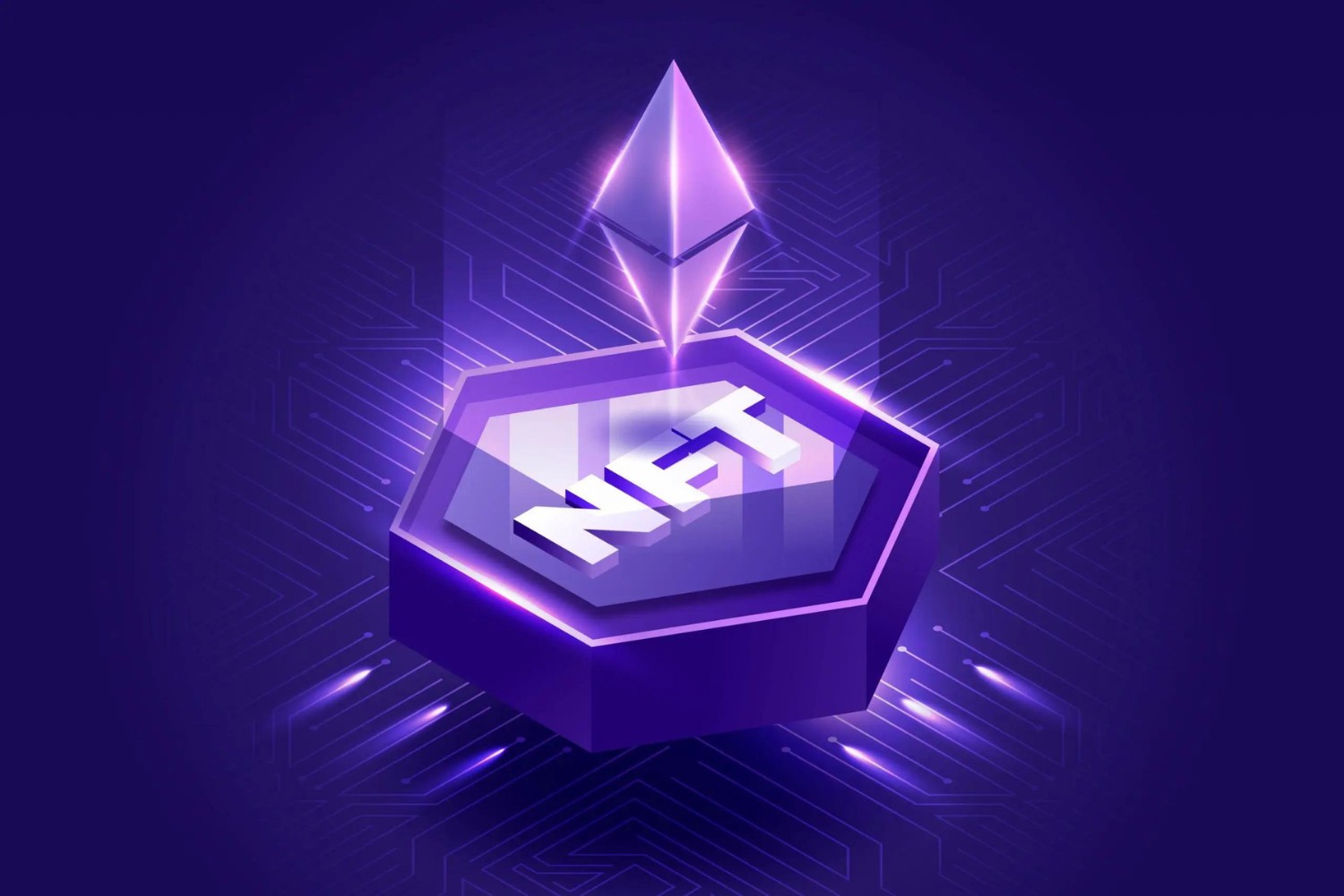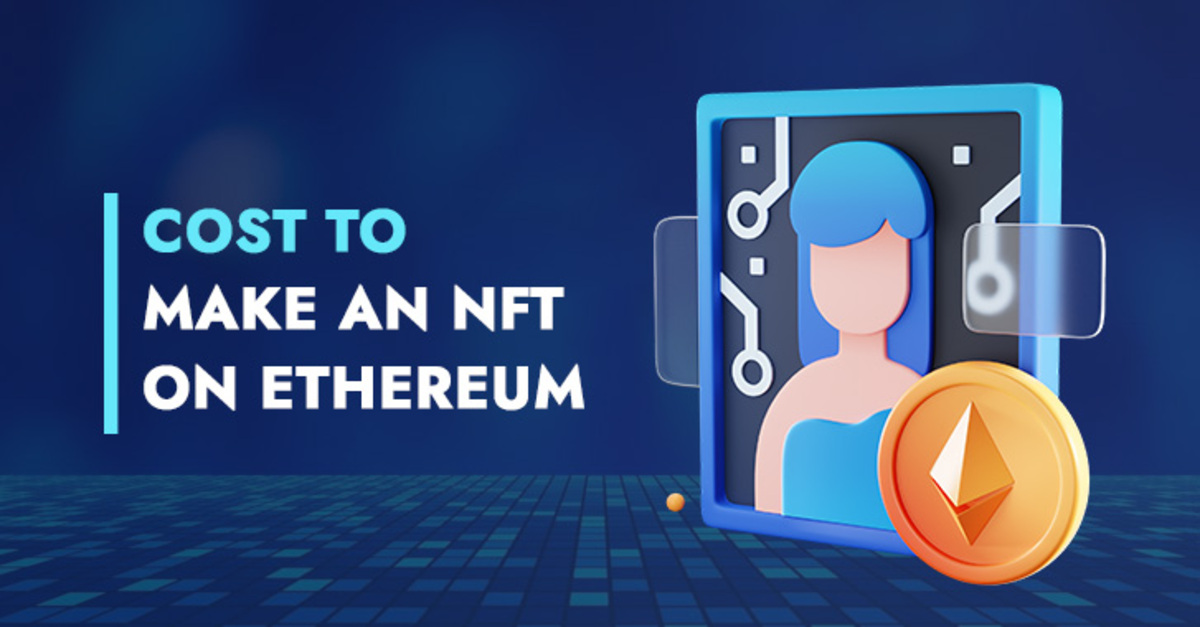Introduction
Welcome to the world of NFTs, or Non-Fungible Tokens! As the popularity of blockchain technology continues to grow, so does the fascination with NFTs—a unique type of digital asset representing ownership or proof of authenticity for a specific item or piece of content.
Whether you’re an artist, a collector, or simply curious about the NFT market, one important consideration to keep in mind is the size of an NFT. While it may seem like a minor detail, the size of an NFT can have a significant impact on its marketability and overall appeal.
In this article, we’ll explore the factors to consider when determining the size of an NFT, including pixel dimensions, file size, and file format. We’ll also discuss how to optimize NFTs for different platforms, navigate technical constraints on the blockchain, and consider the implications of size on storage and distribution. By understanding the role of size in the NFT ecosystem, you’ll be better equipped to make informed decisions about your digital creations.
So, whether you’re a digital artist aiming to showcase your work or an investor looking to build your NFT portfolio, join us as we delve into the fascinating world of NFT sizes and their impact on the market.
How Does the Size of an NFT Affect Its Marketability?
When it comes to NFTs, size matters. The size of an NFT can have a significant impact on its marketability and appeal to potential buyers. Here’s why:
1. Visual Impact: A larger NFT generally allows for more detailed artwork and a better visual experience. Buyers are often drawn to NFTs that showcase intricate details, vibrant colors, and high-resolution images. By maximizing the size of your NFT, you can provide potential buyers with an immersive and visually appealing experience.
2. Perceived Value: The size of an NFT can also influence how it is perceived by buyers. In many cases, a larger NFT is associated with higher value and exclusivity. This perception can make your NFT more desirable and increase its marketability among collectors and investors.
3. Engagement and Sharing: In the digital world, social media platforms and online galleries play a crucial role in promoting and sharing NFTs. A larger NFT allows for better visibility and engagement when shared on these platforms. It catches the viewer’s attention, stands out in their feed, and encourages them to explore and share it with others.
4. Display Options: Some collectors prefer to showcase their NFTs on large screens or high-resolution displays. By providing a larger NFT, you cater to these preferences, and your artwork can be enjoyed at its best quality and resolution.
5. Marketplace Requirements: Different NFT marketplaces have their own specifications and requirements for the size of NFTs they accept. By understanding these requirements and optimizing your NFT’s size accordingly, you ensure that your creations can be listed on a wide range of platforms, expanding their marketability.
Overall, the size of an NFT can significantly impact its marketability. By considering factors such as visual impact, perceived value, engagement and sharing, display options, and marketplace requirements, you can optimize your NFT to attract more buyers and increase its chances of being sold.
Factors to Consider When Determining the Size of an NFT
Choosing the right size for your NFT involves considering various factors to ensure that it aligns with your artistic vision and meets the requirements of the marketplace. Here are some key factors to consider:
1. Artistic Intention: The size of your NFT should reflect your artistic intention and the way you want your artwork to be presented. Consider whether you want your artwork to be viewed up close, to showcase intricate details, or if you prefer a larger format to convey a sense of grandeur and impact.
2. Platform Requirements: Different NFT marketplaces have specific requirements for NFT sizes. Before finalizing the size, check the platform’s guidelines to ensure your NFT meets their specifications. This ensures that your artwork can be easily listed and showcased to potential buyers on various platforms.
3. Accessibility: While larger NFTs can offer a more immersive visual experience, they may also be larger in file size, affecting accessibility. Consider the accessibility of your NFT for users with slower internet connections or devices with limited storage capacity. Finding a balance between visual impact and accessibility is crucial for maximizing your NFT’s reach.
4. Display Medium: Think about how your NFT will be displayed by collectors. If you anticipate your artwork being mostly viewed on desktop screens, optimizing for a larger size is advisable. Conversely, if your target audience primarily uses mobile devices, consider a smaller size that’s optimized for mobile viewing.
5. Scalability: Keep in mind the scalability of your NFT. If you plan on minting limited edition copies of your artwork, a smaller size may be preferable to ensure scalability and avoid excessive storage and distribution costs
6. Cost: Larger file sizes can result in higher gas fees on the blockchain, impacting the cost of minting and transaction fees. Consider the potential cost implications when deciding on the size of your NFT, especially if you’re targeting a specific price range for your artwork.
Considering these factors will help you make an informed decision about the size of your NFT. By aligning your artistic vision, meeting marketplace requirements, ensuring accessibility, adapting to display mediums, considering scalability, and keeping the cost in mind, you can optimize your NFT for wider reach and successful monetization.
Pixel Dimensions: Finding the Ideal Resolution
When determining the size of your NFT, one crucial aspect to consider is its pixel dimensions or resolution. The resolution of your NFT determines the clarity, detail, and overall visual quality of the artwork. Here are some key considerations when finding the ideal pixel dimensions:
1. Artistic Vision: Consider the level of detail and intricacy in your artwork. If your artwork contains fine details, textures, or small elements, a higher resolution will allow your audience to appreciate these details better. On the other hand, if your artwork is more minimalist or focuses on bold shapes and colors, a lower resolution may suffice.
2. Display Medium: Think about the primary devices and platforms on which your NFT will be viewed. If your target audience tends to view NFTs on high-resolution computer monitors or large screens, you may want to optimize for a higher resolution to ensure the details are visible and provide an immersive experience. However, if mobile devices are the dominant viewing medium, a lower resolution may be more suitable to ensure optimal loading speed and accessibility.
3. File Size Balance: Higher resolution typically means larger file sizes. While a higher resolution can provide better visual quality, it can also result in slower loading times and increased storage requirements. Find a balance between resolution and file size to ensure your NFT remains accessible to a wider audience, while still delivering an engaging visual experience.
4. Marketplace Requirements: Different NFT marketplaces may have specific guidelines and recommendations regarding pixel dimensions. Check the requirements and recommendations of the platforms you plan to list your NFT on to ensure your artwork meets their specifications and displays correctly.
5. Future-Proofing: Consider the longevity of your NFT. Higher-resolution artworks are generally more future-proof, as technology advances, and display capabilities improve. Choosing a resolution that aligns with current standards while considering potential future advancements will help ensure your artwork maintains its visual quality over time.
By carefully considering the artistic vision, display medium, file size balance, marketplace requirements, and future-proofing, you can find the ideal pixel dimensions for your NFT. Remember, the resolution of your NFT plays a significant role in how your artwork is perceived and appreciated by collectors, so it’s worth investing time and effort into finding the optimal resolution.
File Size: Balancing Quality and Accessibility
When determining the size of your NFT, it’s essential to strike a balance between maintaining high-quality visuals and ensuring accessibility for a wide range of users. Here are some considerations to keep in mind when balancing file size:
1. Image Compression: Image compression techniques can help reduce file size without compromising too much on quality. By optimizing your NFT image using compression algorithms, you can maintain an acceptable level of visual quality while keeping the file size manageable. Experiment with different compression levels to find the sweet spot that balances quality and file size.
2. Loading Speed: Remember that a larger file size typically translates to slower loading times. Users may lose interest if they have to wait too long for an NFT to load, especially on slower internet connections or mobile devices. Aim for a reasonable file size that allows for quick and seamless loading to provide a smooth user experience.
3. Storage Considerations: Large file sizes can present challenges in terms of storage capacity. Users with limited storage on their devices may hesitate to download or keep NFTs with excessively large file sizes. By optimizing your NFT’s file size, you make it more accessible to a wider audience and increase the likelihood of it being downloaded and stored by collectors.
4. Blockchain Constraints: It’s important to consider the constraints of the blockchain you plan to mint your NFT on. Different blockchains have limitations on file size and gas fees associated with larger files. Understanding these constraints will help you optimize your NFT’s file size to ensure seamless minting and minimize any potential cost implications.
5. Display Quality: While reducing file size is important for accessibility, be cautious not to compromise too much on visual quality. A significantly compressed image can result in noticeable artifacts or a loss of detail, which may reduce the appeal of your NFT to potential collectors. Strike a balance between file size and maintaining a visually appealing representation of your artwork.
By finding the right balance between file size and maintaining quality, you can ensure that your NFT remains accessible to a wide audience while still delivering a visually appealing experience. Experimentation, optimization, and considering the various constraints will help you strike the right balance.
File Format: Choosing the Right Format for Your NFT
Choosing the correct file format for your NFT is crucial as it determines how your digital asset is stored, displayed, and distributed. Here are some factors to consider when choosing the right format:
1. Compatibility: Consider the compatibility of the file format across different platforms and devices. Opt for widely supported formats like JPEG, PNG, or GIF to ensure that your NFT can be easily accessed and viewed by the most significant number of potential collectors.
2. Compression and Quality: Different file formats offer varying levels of compression and image quality. JPEG files are commonly used for their efficient compression algorithms, which result in smaller file sizes but may sacrifice some image quality. PNG files, on the other hand, are lossless and provide higher image quality but at the cost of larger file sizes. Choose a format that strikes a balance between file size and visual quality based on your artistic vision and the limitations of the platform.
3. Animation: If your NFT includes animation, consider using file formats like GIF or APNG. These formats support animated images and can bring your artwork to life. However, be mindful of the file size, as large animation files may take longer to load or result in higher gas fees on the blockchain.
4. Metadata Support: Depending on the platform and your intentions for the NFT, consider the file format’s support for embedding metadata. Some formats, like SVG or TIFF, allow for additional metadata like artist information, descriptions, or provenance to be included with the NFT. Embedding relevant metadata adds value and context to your artwork.
5. Platform Requirements: Each NFT marketplace may have specific file format requirements and recommendations. Before minting your NFT, ensure that you meet the platform’s guidelines for the accepted file formats. This helps ensure seamless listing and display of your NFT on the desired platforms.
6. Long-Term Preservation: If long-term preservation of your NFT is a priority, consider using open and widely supported file formats. Formats like PNG and SVG are less likely to become obsolete compared to proprietary file formats that may become obsolete or inaccessible in the future.
By assessing factors such as compatibility, compression and quality, animation support, metadata capabilities, platform requirements, and long-term preservation, you can select the most suitable and effective file format for your NFT. Choosing the right format ensures that your artwork is accessible, visually captivating, and future-proof on various platforms across the NFT ecosystem.
Optimizing NFTs for Different Platforms
When showcasing your NFT on different platforms, it’s essential to optimize your digital asset to ensure its visual appeal and compatibility. Each platform may have specific requirements and recommendations for displaying NFTs. Here’s how you can optimize your NFT for different platforms:
1. Image Resolution and File Size: Check the platform’s guidelines for recommended image resolutions and file sizes. Ensure your NFT meets these specifications to ensure optimal display quality and loading speed. Compress your image as needed without compromising its visual integrity to maintain a reasonable file size while still delivering excellent image quality.
2. Aspect Ratio: Some platforms may specify preferred aspect ratios for displaying NFTs. Consider cropping or resizing your artwork to fit these ratios for a consistent and visually pleasing presentation across different platforms.
3. Metadata: Take advantage of metadata features offered by platforms. Add relevant information such as title, description, artist details, and provenance to enhance the value and authenticity of your NFT. Ensure that your metadata is properly formatted and adheres to the platform’s guidelines. Rich and accurate metadata can increase the discoverability and trustworthiness of your NFT.
4. Platform-Specific Features: Familiarize yourself with unique features and functionalities of each platform. Some platforms may support 3D display, interactive elements, or additional metadata fields. Leverage these platform-specific features to create a more engaging and immersive experience for potential collectors.
5. Minting Fees and Gas Optimization: Different platforms have varying minting fees and gas costs associated with minting NFTs on the blockchain. Consider the costs and optimize your NFT to minimize gas fees, especially if you have a budget constraint. Reducing file size, optimizing formats, and considering multi-part NFTs are some strategies to minimize costs while still delivering a visually appealing NFT.
6. Social Media Integration: Integrate your NFT with social media platforms to increase its exposure. Platforms like Twitter and Instagram allow you to share your NFTs directly or link to them. Ensure your NFT is appropriately sized for optimal presentation on social media feeds and thumbnails.
By optimizing your NFTs for different platforms, you increase their visibility and appeal to potential collectors. Adhering to image resolution and file size guidelines, leveraging metadata, utilizing platform-specific features, considering minting fees and gas optimization, and integrating with social media can enhance the reach and impact of your NFT across various platforms in the NFT ecosystem.
Technical Considerations: Blockchain Constraints and Gas Fees
When minting an NFT on a blockchain, it’s important to be aware of the technical considerations such as blockchain constraints and associated gas fees. These factors can impact the size, format, and cost of your NFT. Here are some key technical considerations to keep in mind:
1. File Size Limitations: Different blockchains have limitations on the maximum file size of an NFT. It is important to ensure that your NFT meets these size constraints to avoid any issues with the minting process. Be mindful of the platform’s guidelines and specifications when determining the size of your NFT.
2. Gas Fees: Gas fees are charges incurred for performing operations on the blockchain, including minting an NFT. The size and complexity of your NFT can impact the gas fees associated with its minting. Larger file sizes, complex code execution, or extensive metadata may result in higher gas fees. Consider optimizing the size and complexity of your NFT to minimize the associated gas costs.
3. Blockchain Scalability: Each blockchain has its own scalability limitations, which can affect the speed and efficiency of NFT transactions. High-demand periods or congested networks can lead to slower transaction times and higher fees. Consider the scalability of the blockchain you choose and its ability to handle large volumes of NFT transactions, especially during peak periods.
4. Interoperability: Consider the interoperability of your NFT across different blockchains. Some blockchains have limitations on accepting NFTs minted on other platforms, while others have mechanisms for cross-chain compatibility. If you plan to maximize the reach of your NFT, research blockchains that offer easy interoperability and consider minting your NFT on those platforms.
5. Smart Contracts: NFTs are typically associated with smart contracts that define ownership, provenance, and royalties. Ensure your NFT is compatible with the blockchain’s smart contract functionalities. Consider the code execution and complexity of your smart contracts to avoid exceeding the gas limits or facing potential deployment issues.
6. Storage and Availability: Consider the long-term storage and availability of your NFT. Ensure that the blockchain and the associated platforms offer robust storage solutions and guarantee the availability of your NFT. Understanding the storage mechanisms and backup options will help ensure the longevity and accessibility of your NFT.
By considering these technical aspects such as blockchain constraints, gas fees, scalability, interoperability, smart contracts, and storage options, you can optimize the creation and distribution of your NFT. This understanding allows you to navigate the technical landscape of the blockchain ecosystem while ensuring the smooth and efficient minting and transaction of your unique digital asset.
Storage and Distribution: How Size Impacts Longevity and Accessibility
As an NFT creator, it’s crucial to consider how the size of your digital asset can impact its longevity and accessibility in terms of storage and distribution. Here are some key points to consider when dealing with the size of your NFT:
1. Storage Requirements: Larger file sizes of NFTs can pose challenges in terms of storage capacity. Collectors who have limited storage on their devices may be hesitant to download or keep NFTs with excessively large file sizes. By optimizing the size of your NFT, you enhance its accessibility to a wider audience and increase the likelihood of collectors downloading and storing it.
2. Long-Term Accessibility: Ensuring the long-term accessibility of your NFT is essential. Using standardized file formats that have been widely adopted ensures that your NFT can be opened and viewed on various devices and across different software platforms for years to come. By avoiding proprietary or obscure file formats, you mitigate the risk of your NFT becoming inaccessible due to lack of support or obsolete technologies.
3. Distribution Efficiency: Large file sizes can slow down the process of distributing or transferring NFTs. Users may encounter challenges when attempting to share or transfer large NFTs, especially on platforms with strict file size limitations. Optimizing the size of your NFT ensures that it can be efficiently distributed and shared among collectors and investors within the constraints of different platforms.
4. Bandwidth and Loading Speed: Consider the impact of larger file sizes on bandwidth and loading speed. Slow loading times can deter potential collectors from viewing and interacting with your NFT. By finding a balance between file size and quality, you can optimize loading speed and ensure a smooth and enjoyable experience for users across different devices and internet connections.
5. Future-Proofing: Keep in mind the evolving nature of storage technologies and the potential for advancements in compression algorithms. While larger file sizes may offer better visual quality currently, it’s important to consider the potential for future improvements in storage and distribution efficiency. Optimizing your NFT’s size allows for better adaptability to future storage technologies and increases the chances of it remaining accessible and relevant in the long run.
By carefully considering the storage and distribution impact of the size of your NFT, you can optimize its longevity and accessibility. Balancing the storage requirements, ensuring long-term accessibility, optimizing distribution efficiency, prioritizing loading speed, and anticipating future advancements will help you create NFTs that can be easily stored, transferred, and enjoyed by collectors and investors, ensuring their continued value and appeal over time.
Conclusion
When it comes to NFTs, considering the size is a critical factor in optimizing their marketability, visual appeal, and accessibility. By carefully evaluating factors such as pixel dimensions, file size, file format, and platform requirements, you can create NFTs that captivate collectors while ensuring seamless distribution and long-term accessibility.
The size of an NFT directly impacts its visual impact, perceived value, engagement, and display options. Finding the right balance between file size and image resolution allows for optimal visual quality while ensuring fast loading times and compatibility across different devices and platforms.
Additionally, understanding the technical considerations, such as blockchain constraints, gas fees, smart contracts, and interoperability, is crucial for navigating the complex landscape of the blockchain ecosystem. By optimizing your NFTs according to these considerations, you can minimize costs, enhance scalability, and ensure the smooth minting, storage, and transaction of your digital assets.
Moreover, by addressing storage and distribution challenges associated with NFT size, you can increase the accessibility and longevity of your creations. Optimizing file sizes, considering long-term accessibility, and streamlining distribution processes enable wider adoption and sharing among collectors, ensuring the continued value and appreciation of your NFTs over time.
In conclusion, understanding the importance of size in the NFT ecosystem and carefully considering its impact on various aspects of marketability, visual quality, technical constraints, and distribution is key to creating successful and captivating NFTs. By taking these factors into account, you can optimize your NFTs to meet the expectations of collectors, navigate the technical complexities of blockchain platforms, and ensure the long-term accessibility and value of your digital creations.







